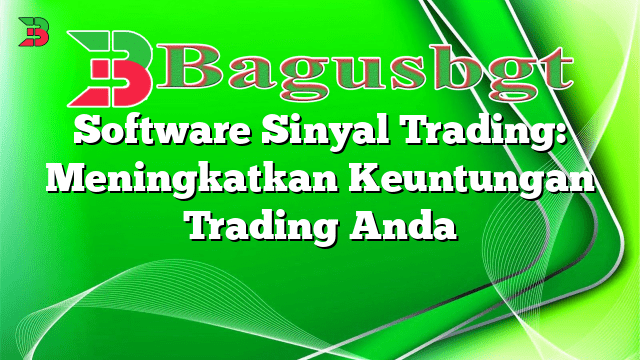Gaining profit from forex trading has become an increasingly popular endeavor for many individuals worldwide. With its decentralized nature and the potential for high returns, forex trading offers opportunities for both experienced investors and newcomers looking to enter the market. In this article, we will explore the various aspects of profiting from forex trading, including its advantages, disadvantages, and alternative options.
1. Understanding Forex Trading
Forex trading, also known as foreign exchange trading, involves the buying and selling of currencies in the global market. Traders aim to profit from the fluctuations in exchange rates between different currencies. This market operates 24 hours a day, allowing traders from around the world to participate at any time.
2. Advantages of Forex Trading
One of the key advantages of forex trading is its high liquidity. The forex market is the largest financial market globally, with an average daily trading volume of over $6 trillion. This high liquidity ensures that traders can easily enter and exit positions, minimizing the risk of price manipulation. Additionally, forex trading allows for leverage, enabling traders to control larger positions with smaller amounts of capital.
3. Potential for High Returns
Forex trading offers the potential for significant returns, especially when compared to other investment options. Due to the volatility of currency pairs, traders can profit from both upward and downward movements in exchange rates. However, it is important to note that high returns come with an increased level of risk.
4. Risks and Disadvantages of Forex Trading
While forex trading can be highly profitable, it also carries certain risks. The market’s volatility can lead to substantial losses if trades are not properly managed. Additionally, the use of leverage amplifies both profits and losses, making risk management crucial. Moreover, forex trading requires a deep understanding of market dynamics, technical analysis, and economic factors that influence currency movements.
5. Alternative Options for Profiting
For individuals who are not interested in actively trading forex, there are alternative options available to profit from currency movements. One such option is forex managed accounts, where professional traders manage the investments on behalf of the client. Another alternative is investing in forex exchange-traded funds (ETFs), which provide exposure to a diversified portfolio of currencies.
6. How to Get Started
To begin profiting from forex trading, one must first educate themselves about the market. It is essential to learn about different trading strategies, risk management techniques, and fundamental analysis. Opening a trading account with a reputable forex broker is the next step. This account will provide access to the trading platform, charts, and tools necessary for executing trades.
7. Frequently Asked Questions (FAQ)
| Question | Answer |
|---|---|
| What is the minimum capital required to start forex trading? | The minimum capital requirement varies depending on the broker, but it is typically around $100. |
| Can I trade forex part-time? | Yes, forex trading can be done on a part-time basis. However, it is important to allocate sufficient time for analysis and monitoring of trades. |
| How long does it take to become a profitable forex trader? | Becoming a profitable forex trader takes time and practice. It can range from several months to several years, depending on an individual’s dedication and learning curve. |
| What are the most commonly traded currency pairs? | The most commonly traded currency pairs include EUR/USD, GBP/USD, USD/JPY, and USD/CHF. |
8. Conclusion
Profit from forex trading is an enticing opportunity for many investors. The potential for high returns, liquidity, and the ability to profit from both rising and falling markets make forex trading an attractive option. However, it is crucial to understand the risks involved and develop a solid trading strategy. Whether you choose to actively trade forex or explore alternative options, proper education and risk management are key to success in this dynamic market.
 Bagus Banget Kumpulan Informasi terbaru dari berbagai sumber yang terpercaya
Bagus Banget Kumpulan Informasi terbaru dari berbagai sumber yang terpercaya

